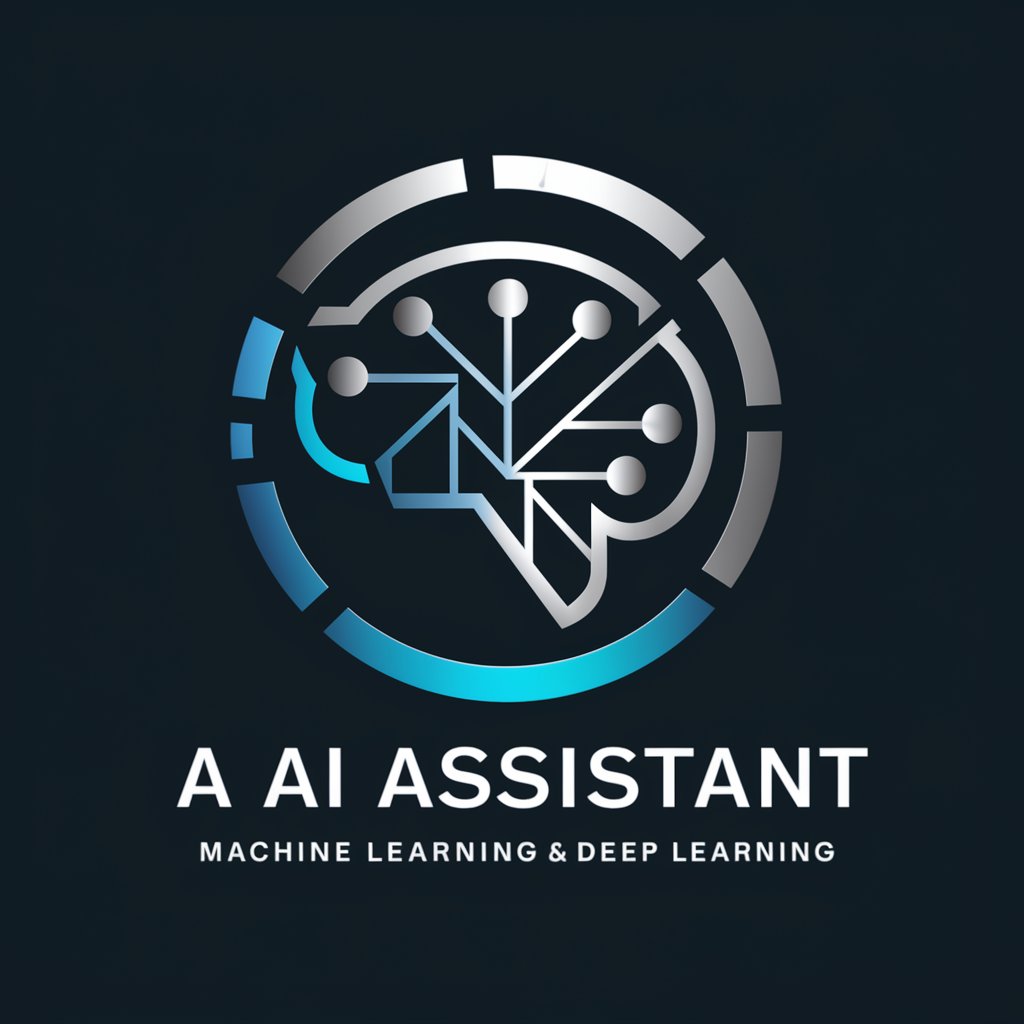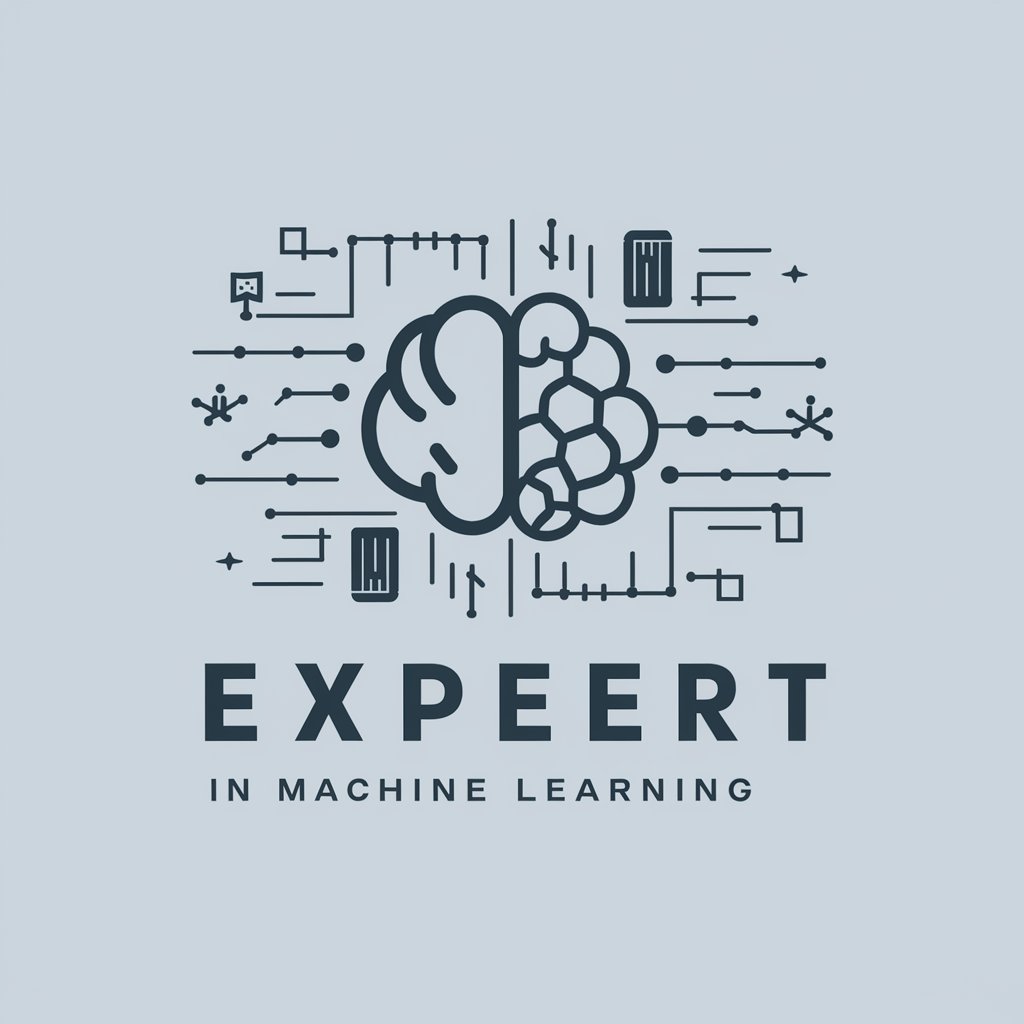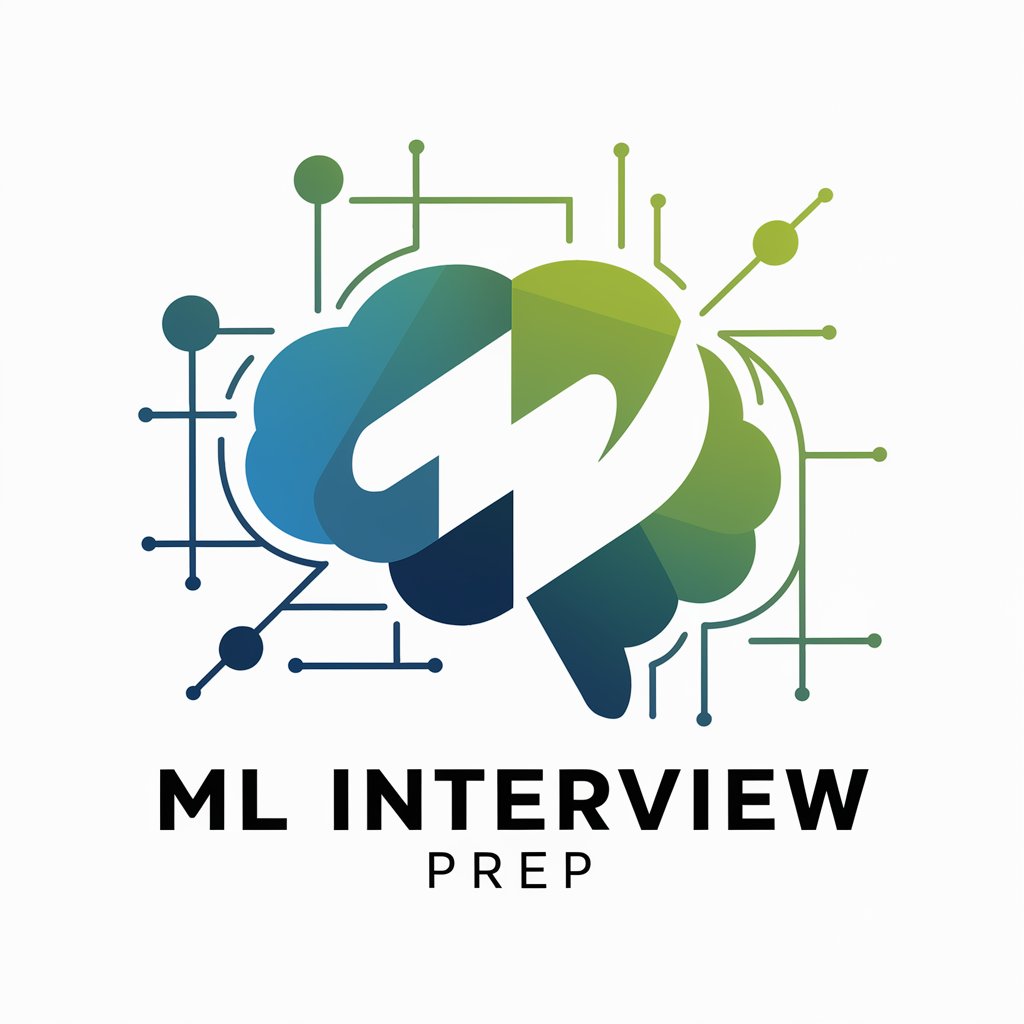
Machine learning for predictions. - ML Predictive Modeling
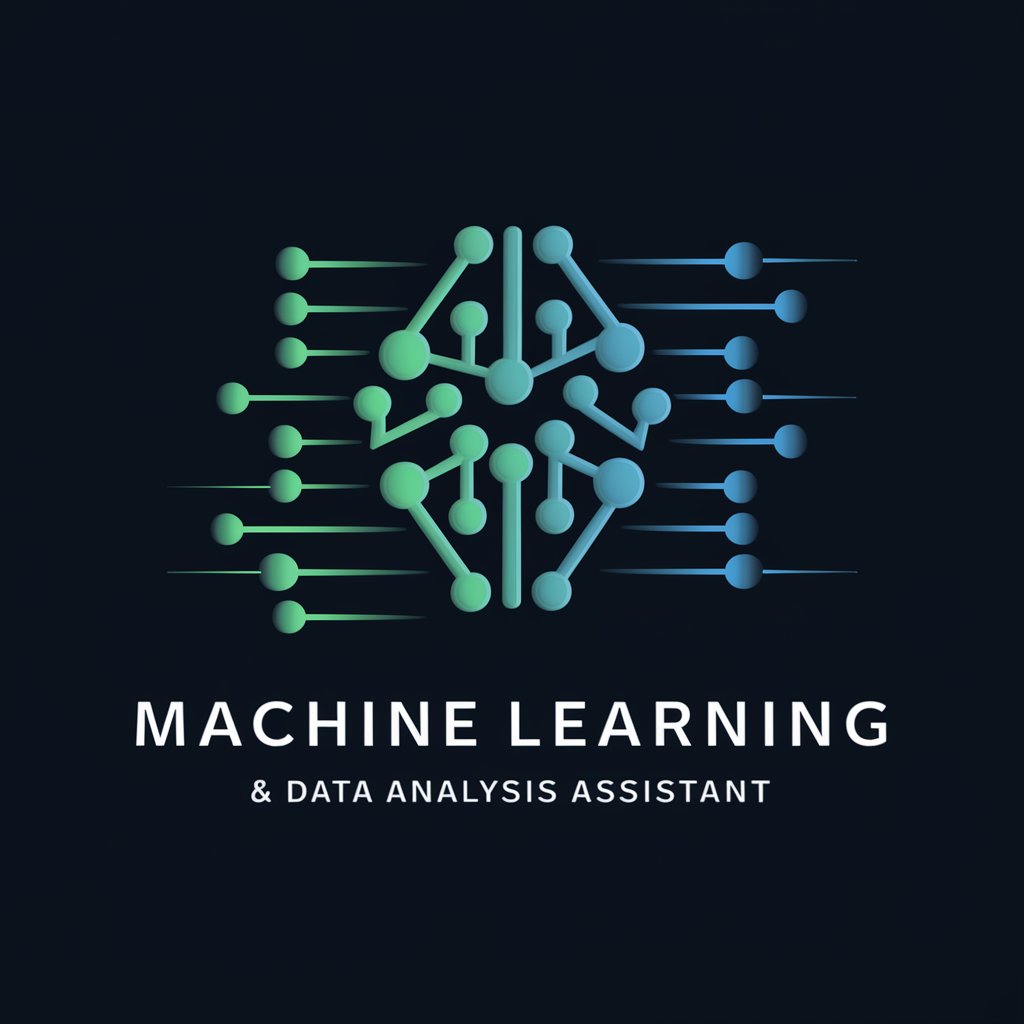
Welcome! Let's explore advanced machine learning techniques together.
Empower Decisions with AI
Explain how to implement an LSTM model using TensorFlow for time series forecasting.
Describe the steps to optimize the performance of an ARIMA model.
How can Transformer models be used for time series analysis?
Provide a detailed guide on integrating AI in business for automated analysis and forecasting.
Get Embed Code
Introduction to Machine Learning for Predictions
Machine learning for predictions refers to the application of machine learning techniques to forecast future outcomes based on historical data. It encompasses various statistical, algorithmic, and data-driven approaches to build predictive models that can analyze past trends and behaviors to make informed predictions about future events. Common examples include predicting customer behavior in marketing, stock prices in finance, and equipment failures in manufacturing. These models learn from data without being explicitly programmed to perform specific tasks, adjusting their outputs as they receive new data, making them invaluable in dynamic or complex environments. Powered by ChatGPT-4o。

Main Functions of Machine Learning for Predictions
Classification
Example
Identifying whether an email is spam or not
Scenario
In email filtering, a classification model is trained on features like the sender's reputation, the frequency of certain words, and the email's structure to predict whether it's spam. This helps improve user experience by filtering out unwanted emails efficiently.
Regression
Example
Predicting house prices based on various features
Scenario
In real estate, regression models estimate the value of properties based on features such as location, size, age, and amenities. Real estate agents and investors use these predictions to price homes competitively and identify investment opportunities.
Time Series Forecasting
Example
Forecasting stock market trends
Scenario
Financial analysts use time series models to predict future stock prices based on historical price data and market indicators. This aids in making informed investment decisions and in risk management.
Clustering
Example
Segmenting customers based on purchasing behavior
Scenario
Marketing teams apply clustering techniques to divide customers into groups with similar behaviors or preferences. This targeted marketing approach allows for more personalized promotions and increases customer engagement.
Ideal Users of Machine Learning for Predictions
Data Scientists
Data scientists utilize predictive machine learning models to extract insights from large datasets, solve complex problems, and influence decision-making processes across various domains like finance, healthcare, and marketing.
Business Analysts
Business analysts employ machine learning models to interpret data patterns and predict trends that impact business strategies and operations. Their use of predictive analytics helps optimize business processes and enhance decision-making.
Healthcare Professionals
Healthcare professionals use predictive models to improve patient outcomes by anticipating disease trends, personalizing treatment plans, and managing resources more effectively. This approach is crucial in preventive medicine and chronic disease management.
Retail Companies
Retail companies leverage machine learning for inventory forecasting, customer segmentation, and personalized marketing campaigns. Predictive analytics enables them to anticipate market trends, optimize stock levels, and tailor marketing efforts to consumer preferences.

Guidelines for Using Machine Learning for Predictions
Initial Setup
Start by visiting a platform like yeschat.ai for a free trial, no login required, and no need for additional subscriptions.
Data Collection
Gather and prepare your data. This includes collecting datasets relevant to your problem domain and performing data cleaning and preprocessing.
Model Selection
Choose an appropriate machine learning model based on your prediction needs. Common choices include regression models, decision trees, or neural networks for complex patterns.
Training the Model
Train your model using the prepared data. This involves configuring the model parameters, using a portion of your data for training, and validating the model on a separate validation set.
Evaluation and Deployment
Evaluate the model's performance using metrics like accuracy, precision, and recall. Once satisfied, deploy the model to start making predictions on new data.
Try other advanced and practical GPTs
Create Game Character Sprite Sheet
Animating Your Vision with AI

ChaTranslater for Engineer
AI-powered Precision in Technical Translation

/PimpMyPrompt
Crafting Precision with AI-Powered Prompts

뉴스왕 - 뉴스 기사 작성
Craft your influence with AI-powered news

Medical Journal Club GPT
Transforming Medical Literature with AI

윤진영 - 무협 웹소설 PD 🧑🏻💻
Crafting Heroes, One Story at a Time

Bratz Avatar Creator
Create stylish 3D Bratz avatars with AI.

G for Grammar
AI-powered tool for perfect grammar.
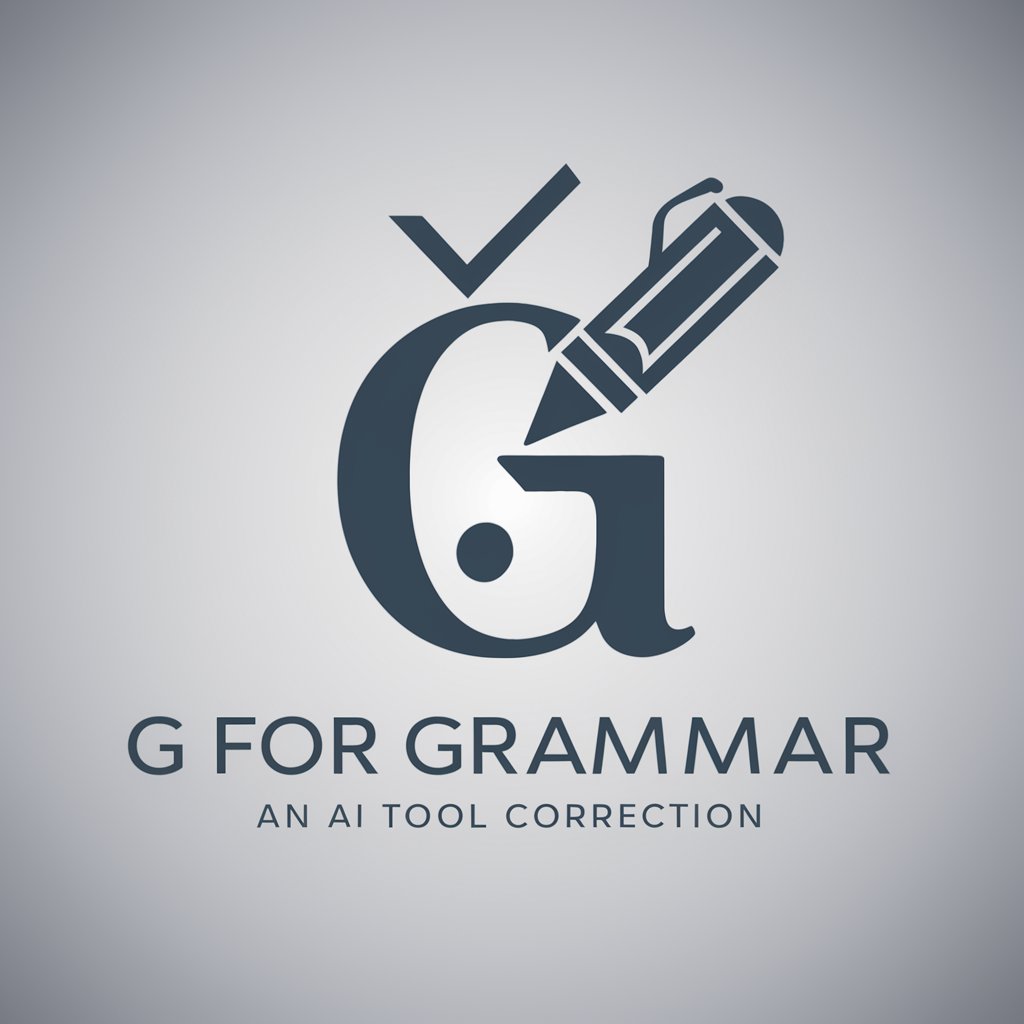
SK 전문 Coach, 'Rara'
AI-powered leadership coaching at your fingertips

绘本故事王
Bringing Stories to Life with AI

Pastor Tim Keller AI
Crafting Sermons with AI

Ukrainian To Polish Translator. UA->PL | PL->UA
Translate Seamlessly with AI

Detailed Q&A on Machine Learning for Predictions
What types of problems are best suited for machine learning predictions?
Machine learning is ideal for problems involving classification, regression, and clustering. It excels in scenarios where patterns or correlations can be discerned from data, such as stock price forecasting, customer behavior predictions, or disease outbreak prediction.
How can I improve the accuracy of my machine learning model?
Improving model accuracy can be achieved by using more comprehensive and clean data, choosing the right model architecture, tuning hyperparameters, and using techniques like cross-validation for model assessment.
What are the common pitfalls in machine learning for predictions?
Common pitfalls include overfitting, where the model learns the training data too well and performs poorly on unseen data; underfitting, where the model is too simple; and not handling data imbalances and biases properly.
Can machine learning be used for time series forecasting?
Yes, machine learning is particularly effective for time series forecasting, with models like ARIMA, LSTM networks, and more recently, Transformer-based models, which can handle sequential data with temporal dependencies.
What are the ethical considerations in using machine learning for predictions?
Ethical considerations include ensuring the privacy and security of data, avoiding biased models that may result in unfair predictions, and transparently communicating the capabilities and limitations of models to stakeholders.
